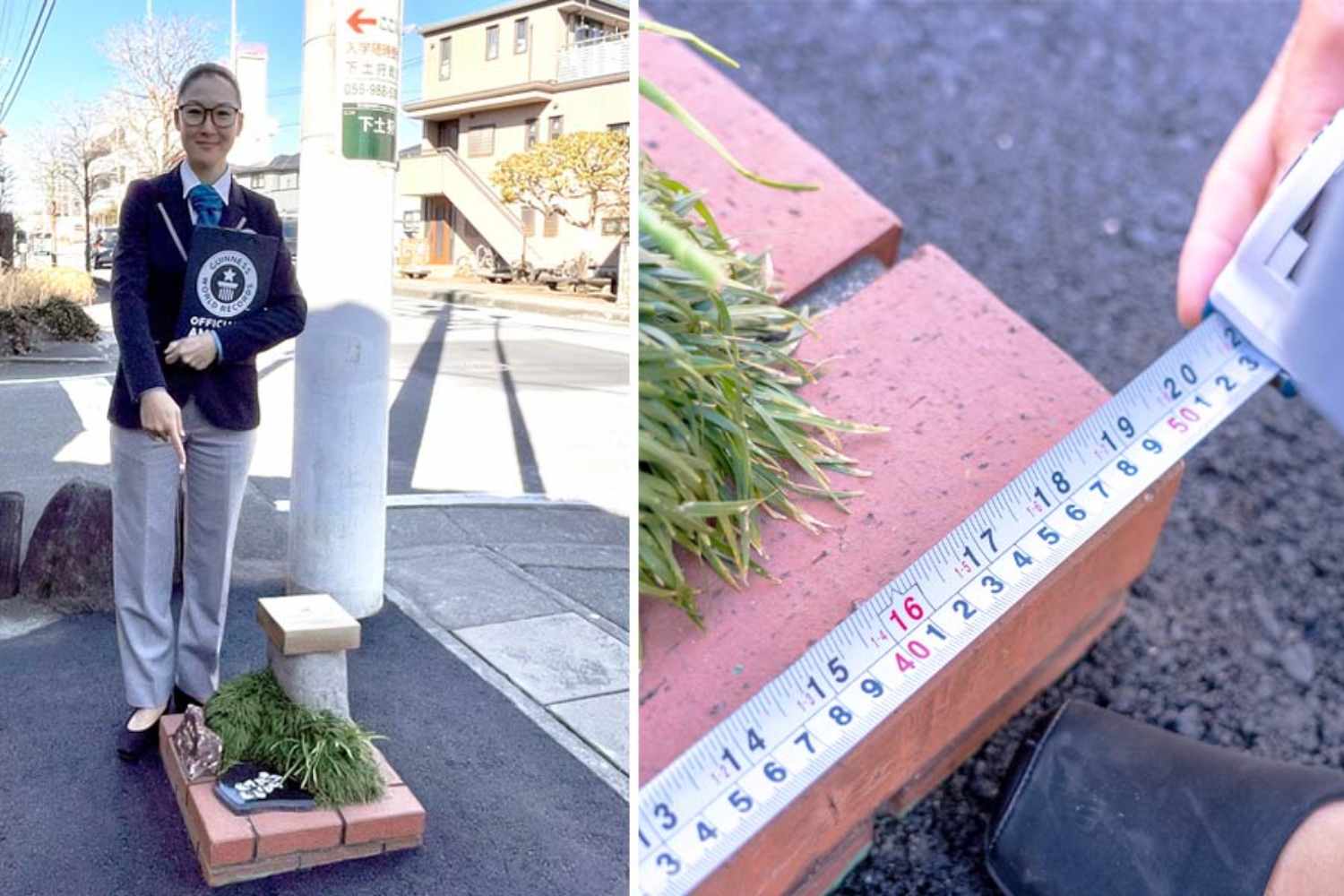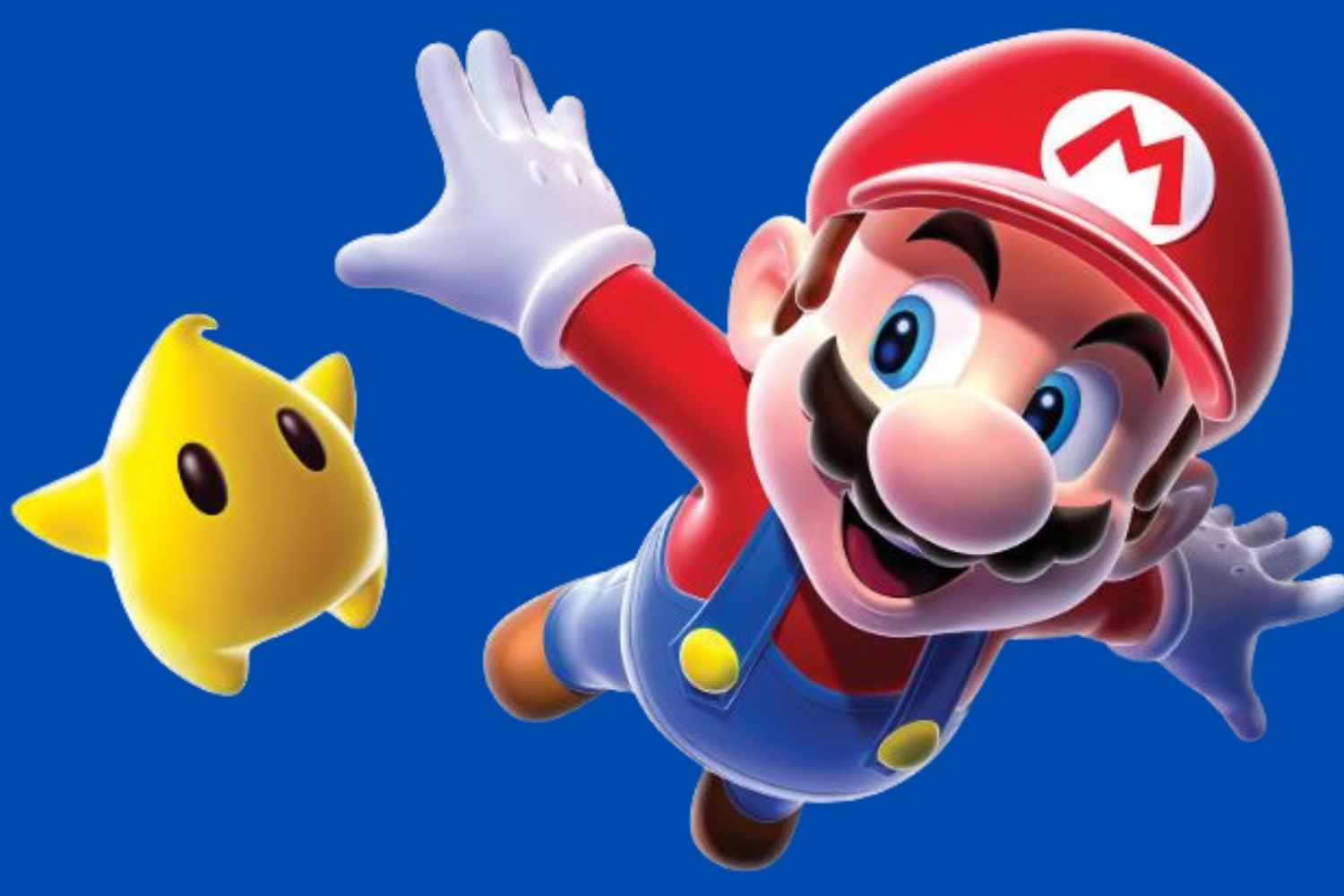Nagaizumi Park has just achieved a Guinness World Record as the world's smallest park, beating Mill Ends Park at 0.29 square meters.

@Guinness World Records
In Nagaizumi village, Shizuoka Prefecture, there is a park so small it is rather laughable. With a total area of just 2.6 square feet—roughly the same size as two side-by-side pieces of A3 paper—it has been certified recently by the Guinness World Records as the smallest park in the world.
This little green garden is located in one of the town’s residential neighborhoods, near the city hall building. To behold it in person can be a shock: it’s a tiny piece of green with a tiny bench, two strands of grass, and two stone plaques. But even though it’s so tiny, it has caught the attention of tourists and curious visitors from around the world.
The idea to replicate, in small scale, Mill Ends Park
The park’s history dates back to 1988, when a Nagaizumi municipal worker went to the United States and discovered what was then the world’s smallest park: Mill Ends Park in Portland, Oregon. This 3.1-square-foot American park was considered a special and quirky treasure.
Inspired by this discovery, the administrators of Nagaizumi decided to go one step further—or rather, smaller—and turned an unused plot of land beside the road into a full-fledged miniature park. Residents of the area have been talking about this as the “world’s smallest park” for years, but it wasn’t until recently that they received official recognition.
Official recognition by the guinness world records
To claim the title, Nagaizumi’s municipality had to prove that the tiny space met the official guidelines for being considered a park. A professional surveyor was hired to precisely measure the area and verify that the location met the required criteria: that it be a green space dedicated to the community, where people can sit and relax, even if only for a few moments.
After the checks, Guinness World Records certified Nagaizumi’s park as the smallest in the world, surpassing Mill Ends Park and setting a new record. Today, this little park has become a point of interest for tourists and enthusiasts of quirky records. Many visitors seek it out to take photos and share them on social media.
Shuji Koyama, the town’s urban management official, said that the town will continue to maintain this space, keeping it tidy and marketing it as one of the area’s most distinctive features.
Source: Guinness World Records


